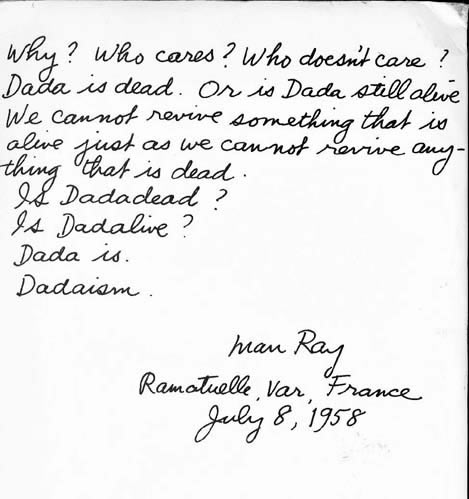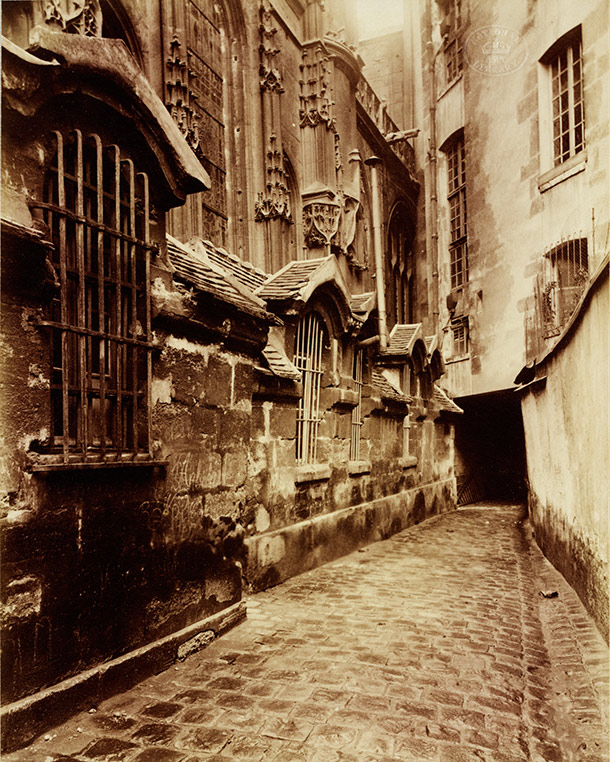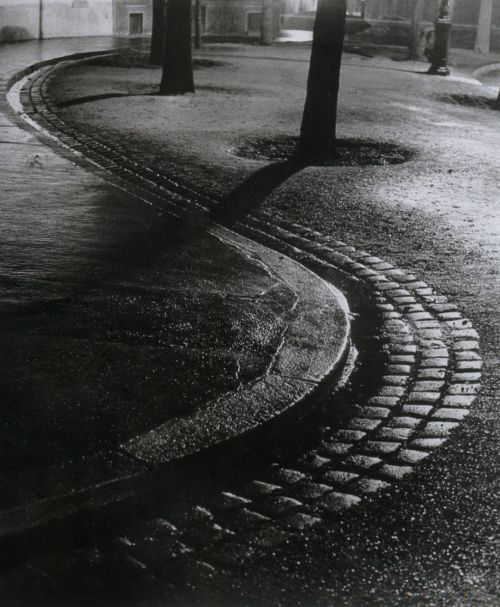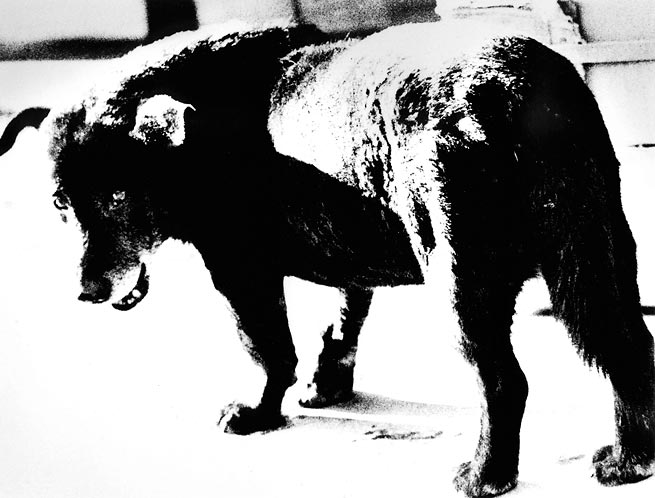diCorcia at the Hepworth
Introducing the Hepworth
 |
The Hepworth - the classic view
|
 |
| Mordern art created by Wakefiled Warf Co Ltd |
 |
| Old mill directly behind the Hepworth; purchased by the Hepworth as expansion space and due to open next year |
diCorcia (b. 1951) is an American
photographer who lives and works in New York and teaches at Yale University,
Connecticut.
The exhibition at the Hepworth is
significant, spanning four decades from1975 through to 2012 and includes six
series:
Ø
A Storybook Life (1975–1999)
Ø
Hustlers (1990 – 92)
Ø
Streetwork (1993 – 99)
Ø
Heads (2000 – 01)
Ø
Lucky 13 (2004)
Ø
East of Eden (2008–present)
A Storybook Life - the largest number of images in a single project; all
relatively small (~A4) in comparison rest of the exhibition - that said, they
would have to be to cater for the volume in one gallery. The gallery is divided
into two separate wall to create the extra hanging space required.
The images feel like a collection of almost
abstract 'scenes' plucked out of every day American life; yet together they
make sense and tell an interesting, if not a little mundane. To paraphrase
Andrew (and my apologies in advance because I'm sure he was more eloquent...)
diCorcia captures the moments that happen in between the important
elements in our lives; his focus is deliberately the predestination rather than
the important.
The majority of the Storybook
images in the exhibition were from the 1980's onwards, however, they had a distinctly
'70's feel about them - the colours, the film, the snap-shot style.
 |
| Photograph from A Storybook Life by diCorcia |
 |
| Photograph from A Storybook Life diCorcia |
Hustlers - very much the same feel as Storybook. These images are of male
prostitutes whom diCorcia paid for the services, that is, their time
whilst he took their photographs. The title of the images is: the prostitutes
name, age, location and hourly rate.
Ignoring 'Marylyn'; this series of images has a
very cohesive feel because of the way diCorcia has posed the individuals and
because of their facial expressions. The locations are varied - car lots, motel
rooms, picnic tables; but the prostitutes are always alone and always look
lonely. The gallery write up for Hustlers talks about the failure of dreams and
the reality of life - these young men moving to Hollywood to live the dream
only to end up selling themselves for sex to make a living. I think the
expression on their faces sums up the situation: "How did I end up
here?"
From Lightbox -
Hustlers, was shot against a
backdrop of devastation and despair during the AIDS pandemic in the late 1980s
and early 90s. The work served as a defiant response to (largely) right-wing
bigotry targeting the First Amendment rights of homosexuals. In October 2013,
publishers SteidlDangin released a new edition of Hustlers and in a moving
coda, diCorcia shared his personal story that puts this work in a sombre new
light:
“During that period, 1990-1992, the government
officially condemned homosexuality,” he writes, “while AIDS made death
commonplace. My brother, Max Pestalozzi diCorcia, died of AIDS on October 18,
1988. How much is too much? My brother was very free. I loved him for it.
Freedom has its price, and we never know at the onset what the toll will be. He
died unnecessarily. I dedicate this book to him.”
Streetwork - this series is the only series where the images are not staged. The
scene is selected and lit by diCorcia, but after that rather than creating his
own decisive moment he has to sit and wait for it to come to him.
In my opinion these are the best images in the
exhibition, they feel different, there is a sense of energy, of pace, of life
being lived and whilst I accept that these people are frozen in time, you get
the feeling that after the photographer left they got on with their life. These
images feel real, whereas with the other images the staging has created an
element of strangeness.
Whilst 'sitting-in-ambush' for his image, diCorcia
mounted his camera on a tripod at waist height and this gives these images a
distinctly cinematic feel to them. This is a significant detour in image
creation and I wonder how many images he took at each location to ensure he
could capture/select his decisive moment?
 |
| From Streetwork by diCorcia |
 |
| From Streetwork by diCorcia |
Heads - a strobe light was fixed to scaffolding which was triggered by diCorcia
(~6 metres away) enabling to capture their image at the same time. All of the
images were taken in broad day-light thus his subject were totally unaware of
the strobe or the photograph. This series is an excellent set of portraits, in
fact they could just have easily (probably more easily) been taken in a studio.
"Over the course of two years diCorcia took more than 4,000 of
these photographs, though he chose only 17 for the series." MOMA
There was some debate during the
visit as to whether or not these images depict the individuals as isolated and
thus that there is an deeper underlying message about modern society. Whilst
the individual has been isolated from their background because of the way the
image was taken; I personally don't see isolation in the people. None of the
individuals is smiling, indeed a number look very serious; but I don't feel
isolation - to me, they came across as typical commuters, thinking their own
thoughts; getting on with their own lives; just commuters commuting. In
reality, this in itself is a form of isolation...
Most notably about this series is the court action
taken against diCorsia by Erno Nussenzweig, an Orthodox Jew and
retired diamond merchant.
 |
| From Heads by diCorcia |
 |
| From Heads by diCorcia |
From The New York Times -
In summary: Nussenzweig tried to sue diCorcia and Pace (gallery) for exhibiting and publishing the
portrait without permission and profiting from it financially. The suit sought
an injunction to halt sales and publication of the photograph, as well as
$500,000 in compensatory damages and $1.5 million in punitive damages. The suit
was dismissed by a New York State Supreme Court judge who said that "the
photographer's right to artistic expression trumped the subject's privacy
rights".
Lucky 13 - is a series of dramatic and very sculptural poses struck by pole
dancers. All of the dancers are 'hanging' upside down with rigid, far away
looks on their faces. Unsurprisingly, during the visit the inspiration behind
this series was discussed at length, as too the possible thought process
enabling diCorcia to link his Hustlers body of work to this one.
From The
Guardian -
Sean O'Hagan "was slightly bemused,
by DiCorcia's revelation that this series of naked pole dancers in suspended
motion, was prompted by the famous news photograph
The
Falling Man, which caught a tiny figure dropping from the north tower of
the World Trade Centre on 9/11."
East of Eden - diCorcia was so disillusioned with economic and political climate
towards the end of the Bush administration, he was "provoked by the collapse of everything, which seems to me a
loss of innocence. People thought they could have anything. And then it just
blew up in their faces." Thus the basis or theme behind this series of work is
the Book of Genesis; in order words, this is diCorcia's way of starting at the
beginning again.
Individually the aim of the images is to
communicate elements of the book of Genesis, for example, the apple tree is a
clear reference the forbidden fruit; diCorcia throwing a dart at his son
references Abraham's sacrifice of Isaac, etc. During the visit we all agreed
that this was the weakest series in the exhibition and speculated that this was
because of the very limited number of photographs in the series.
Subsequently I have been surfing and there are
significantly more photographs in this series; whilst I admit to not being able
to link all of them back to Genesis, the additional images enables the body of
work to work. I would be interested to see this series, once it's complete, as
a stand alone exhibition.
NOTE: We were allowed to photograph any/all of the diCorcia photographs with the exception of his latest works, East of Eden.
References:
The Hepworth Gallery, Wakefield
Lightbox Time
The New York Times - Street photography: a right or invasion?
MOMA - Head #10
The Guardian - Rent boys and pole dancers
David Zwirner - East of Eden





















